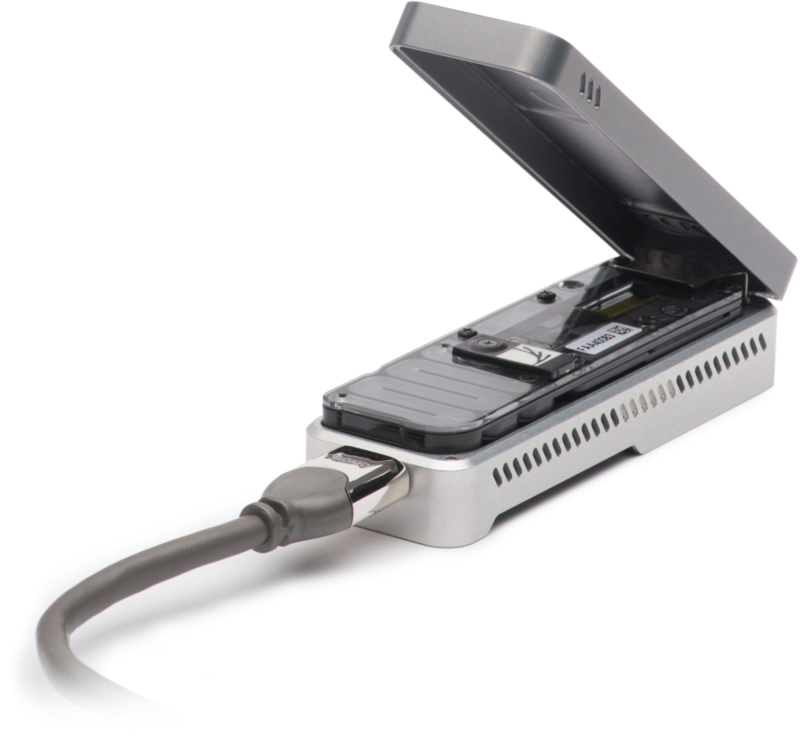
Fig. 4 Characterising lncRNAs a) laboratory workflow b) detected lncRNA isoforms
Long non-coding RNAs (lncRNAs) are RNA molecules that are > 200 nucleotides long and which do not encode proteins. lncRNAs regulate gene expression, and there are thought to be ~30,000 different lncRNA transcripts in humans, making them the major constituent of the non-coding transcriptome. We sought to characterise a family of lncRNA isoforms which are suspected to have a cancer-killing phenotype upon knockdown. However, only a short section of the sequence was known. We used rounds of semi-specific PCR to identify the 5’ and 3’ ends of the lncRNA, followed by further rounds of semi-specific PCR to establish the correct 5’ and 3’ pairing (Fig. 4a). We identified many different complete isoforms of this lncRNA, including several which were previously unknown. Fig. 4b shows the most abundant isoforms.




_0.jpg)

